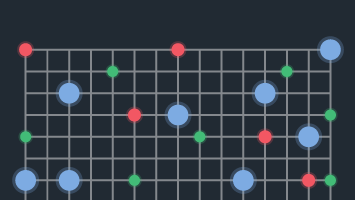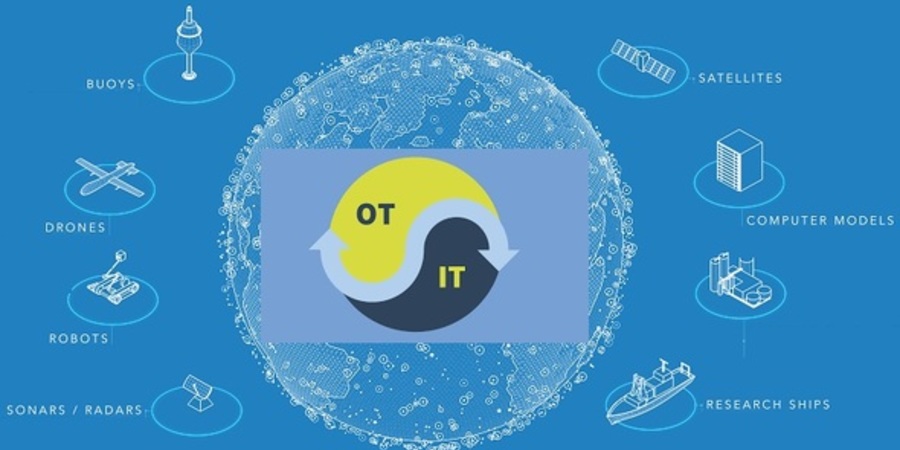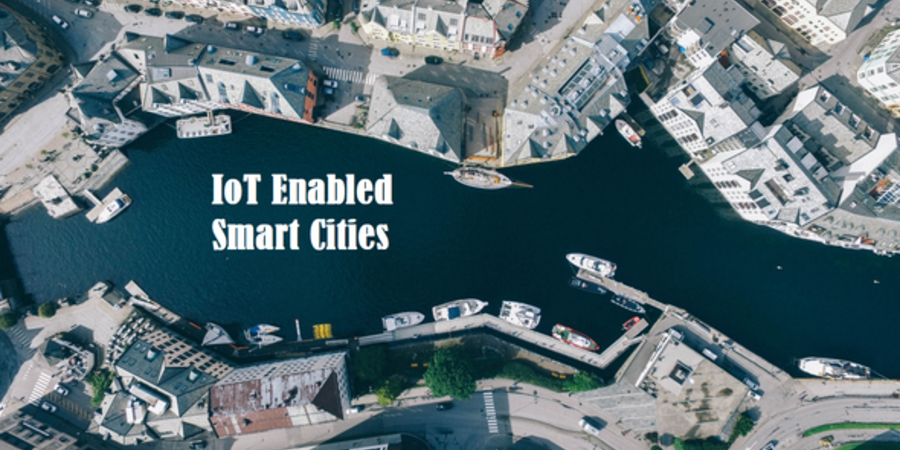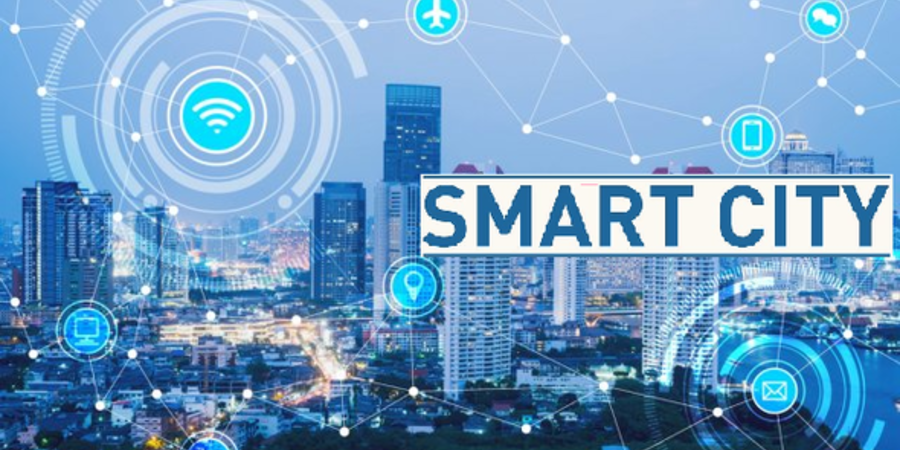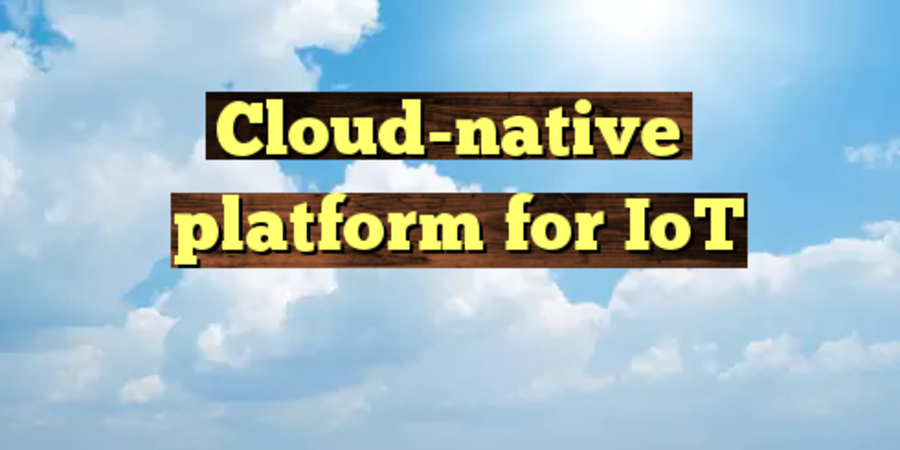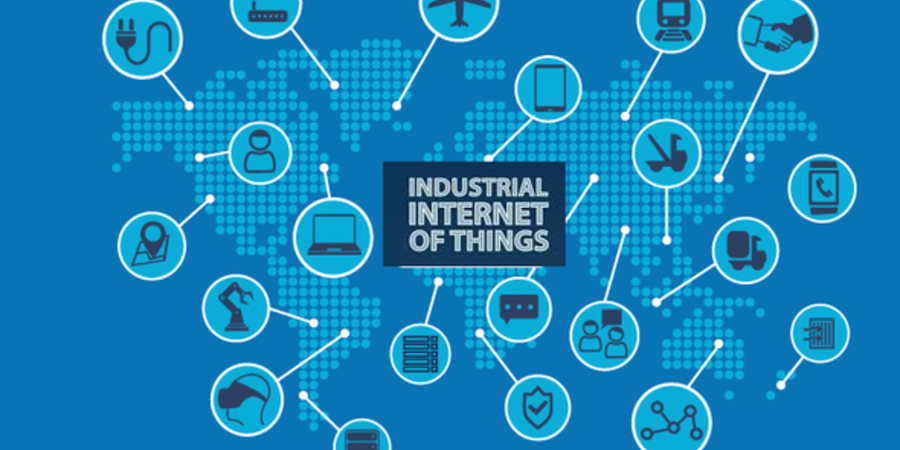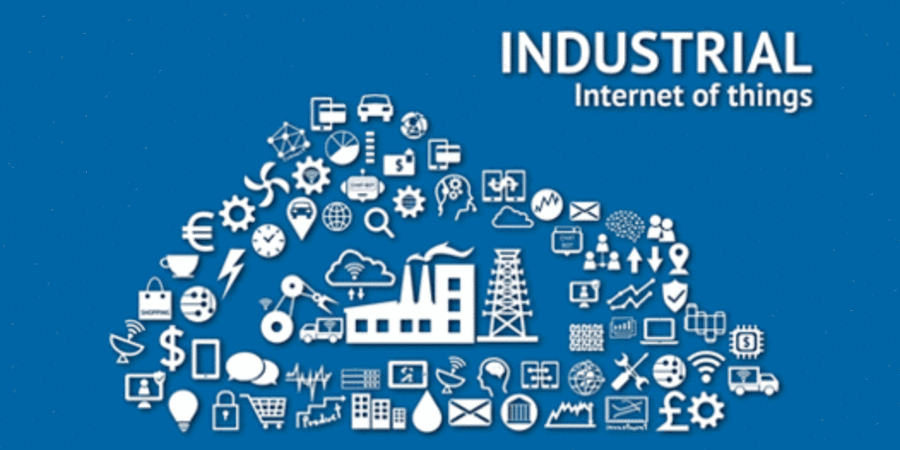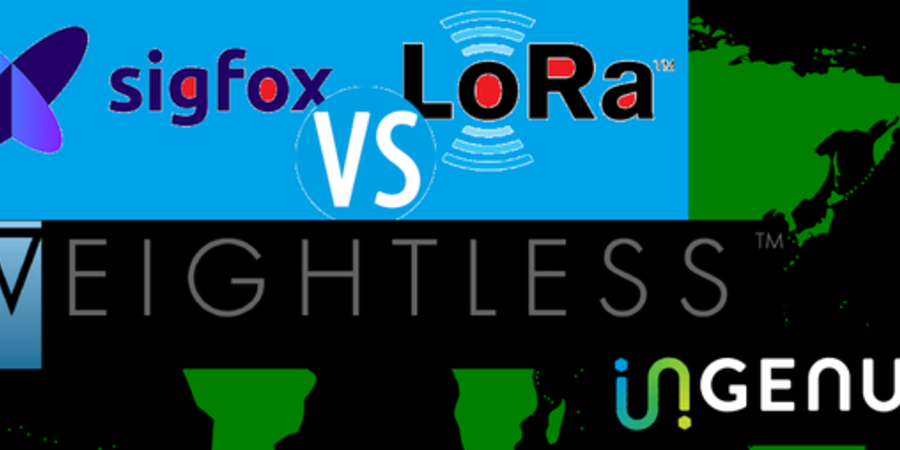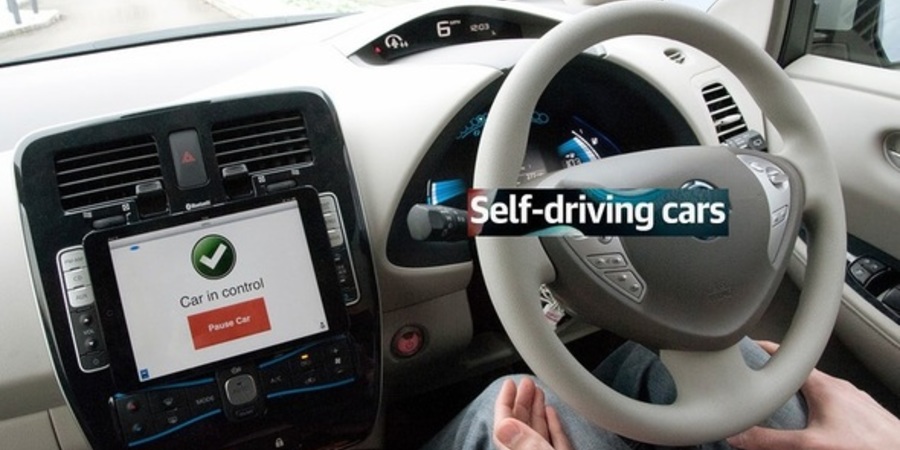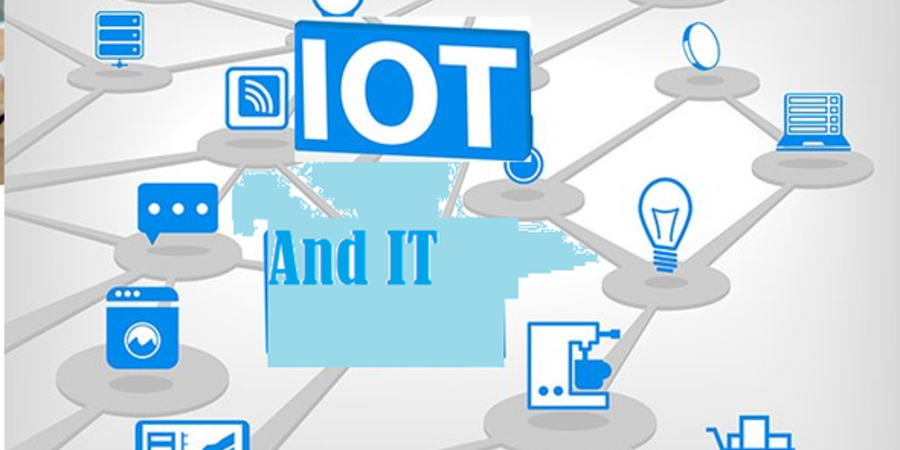The IoT takes most industrial organizations into a new operating domain and requires a process of self-education to begin with. Most of the questions I encountered began around the two topics of connectivity technology choices and approaches to justify the IoT business case. A major challenge for industrials is to plan their strategies and business-cases with the right frame of reference. Much like navigating with a map, the best way to make significant progress involves zooming out to see the bigger picture.



